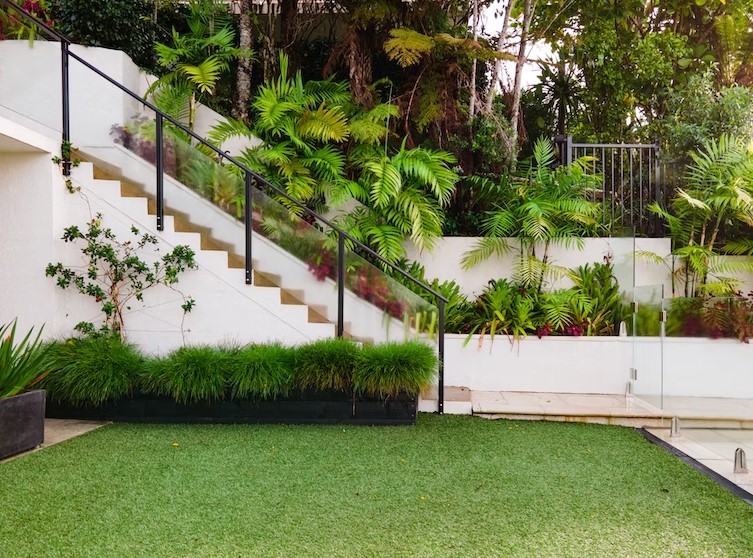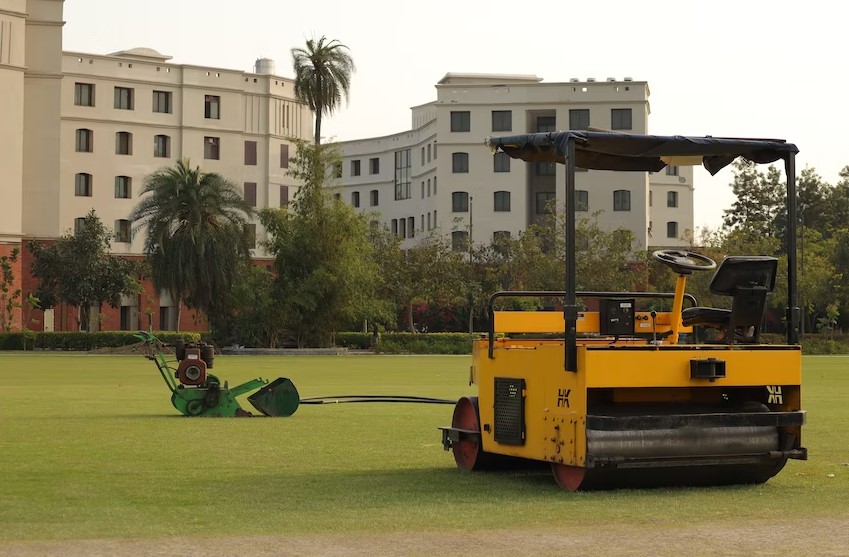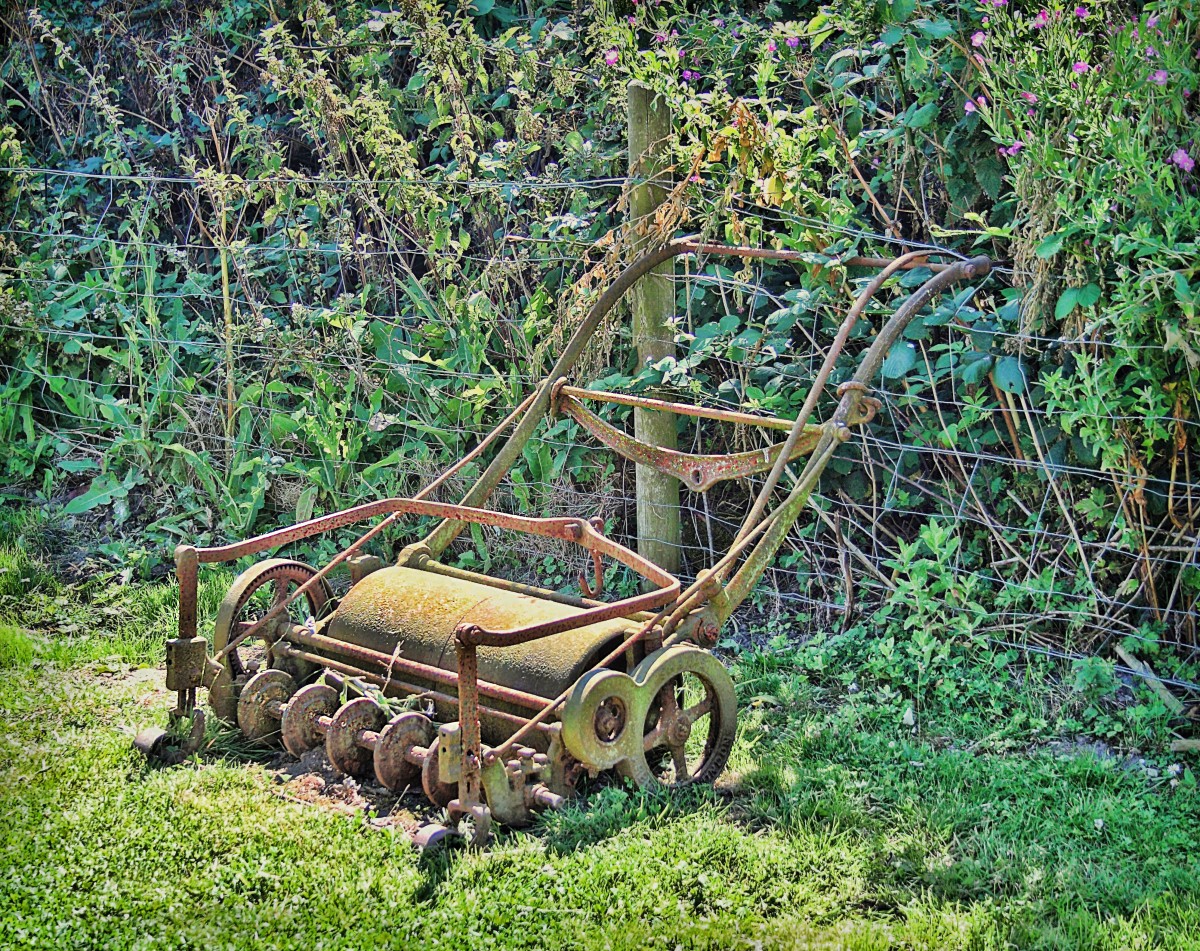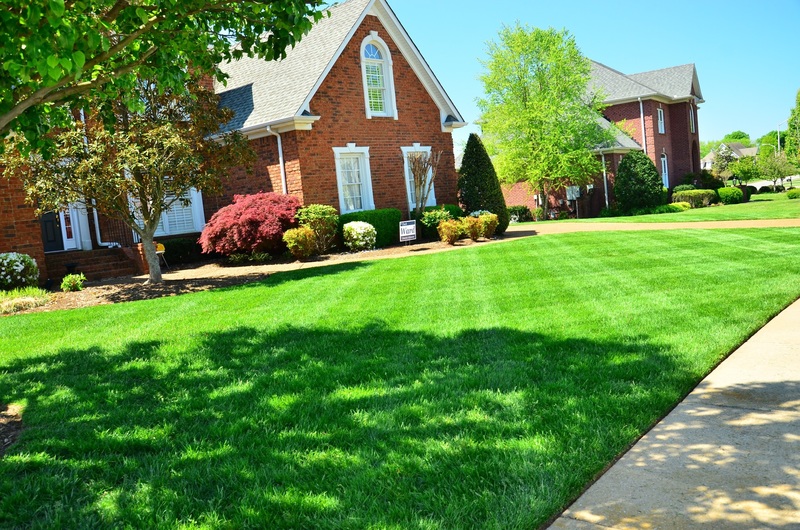How to Choose a Lawn Roller: A Comprehensive Guide
Maintaining a healthy and beautiful lawn requires proper care and maintenance, and one essential tool for achieving a well-manicured lawn is a lawn roller. Whether you’re leveling the ground, improving soil compaction, or creating a smooth surface, choosing the right lawn roller is crucial. In this blog post, we’ll provide you with a comprehensive guide on how to choose the perfect lawn roller for your needs.
1. Determine Your Needs and Lawn Size

Before purchasing a lawn roller, assess your specific needs and consider the size of your lawn. Determine the primary purpose of the roller, such as levelling the ground, seeding, or repairing damaged areas. Additionally, evaluate the size of your lawn to determine the most suitable roller capacity. For small or medium-sized lawns, a lightweight roller with a smaller capacity may suffice, while larger lawns may require a heavier roller for effective results.
2. Choose the Right Roller Type
There are different types of lawn rollers available, each with its unique characteristics. The two most common types are steel and poly rollers. Steel rollers are durable and provide excellent compaction, making them suitable for larger lawns and heavy-duty applications. Poly rollers, conversely, are lightweight, corrosion-resistant, and perfect for smaller lawns or homeowners who prefer a more maneuverable option.
3. Consider Roller Width and Drum Design
The width of the roller plays a crucial role in determining efficiency and maneuverability. A wider roller can cover more ground in a single pass, reducing the time and effort required for the task. However, if you have limited space or need to navigate narrow areas, a narrower roller may be more practical.
When it comes to drum design, you can choose between smooth and textured drums. Smooth drums offer uniform compaction and are ideal for general lawn maintenance. Textured drums, on the other hand, create grooves in the soil, making them suitable for tasks like seedbed preparation or promoting water drainage.
4. Evaluate Weight and Fill Capacity
The weight of the lawn roller is an important consideration as it affects compaction effectiveness. Heavier rollers exert more pressure on the ground, facilitating better compaction. However, it’s essential to choose a weight that matches the size and condition of your lawn. Overly heavy rollers may damage delicate turf or compact the soil excessively.
Fill capacity refers to the weight you can add to the roller. Some rollers allow you to add water or sand to increase their weight. This feature provides flexibility, allowing you to adjust the roller’s weight according to the task.
5. Assess Maneuverability and Ease of Use

Ensure that the lawn roller you choose is easy to maneuver and operate. Look for features such as ergonomic handles and smooth-rolling wheels that make pushing or towing the roller a comfortable experience. Consider whether you prefer a manual push roller or one that can be attached to a lawn tractor or ATV for convenience.
Additionally, check for additional usability features, such as a built-in levelling bar or a scraper to prevent soil buildup on the roller’s surface. These features can make your lawn rolling tasks more efficient and effective.
Choosing the right lawn roller is crucial for achieving a well-maintained and beautiful lawn. By determining your needs, selecting the right roller type, considering roller width and drum design, evaluating weight and fill capacity, and assessing maneuverability and ease of use, you can make an informed decision and enjoy the benefits of a perfectly rolled lawn.
Don’t forget to comment below and share your thoughts on choosing a lawn roller. We value your feedback!


